Last updated on May 23rd, 2023
55. Benaras, now known as Varanasi is the oldest continuously inhabited city in the world. Buddha had also visited it.
56. India has the world’s largest attended events. The biggest of which is ‘Kumbha Mela’ of 2001 – attended by 60 million people and was seen from space.
57. India has the world’s highest cricket ground which is in Chail, Himachal Pradesh. It is 2444 meters above sea level and was built in 1983.
58. More than 54 crore people voted in 2014 general elections. This is more than the entire population of the U.S., U.K., Japan, and Australia combined.
59. Indian railway employs more than a million people, making it the largest employers in the world. Indian Railways has world’s 4th longest rail network.
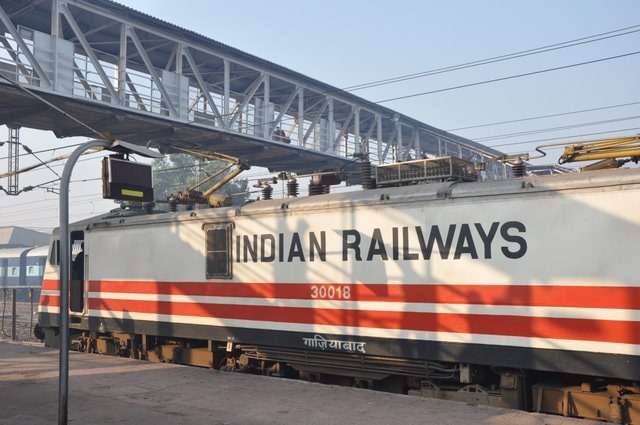
Facts about Indian history, famous places and more.
60. There is a lake built in India due to the impact of a meteor. It is the ‘Lonar Lake’ in Maharashtra.
61. The British Raj, or British rule, lasted from 1858 to 1947.
62. The Brihadeswara Temple is situated in Tamil Nadu is the first granite temple of the world. It was built in just five years during the 11th century.
63. Another interesting fact about India is that before the 18th century, India was one of the richest countries in the world.
64. India has the biggest population of vegetarians in the world.
65. Mawsynram, Meghalaya in India is the wettest place with 11871 mm of average rainfall. This village is 15 km away from Cherrapunji.
66. India is the world’s largest importer of arms but it has never invaded or attacked any country.
67. India has never hosted the Olympic Games.
68. The world’s highest battlefield (Siachin) is controlled by India.
69. Vande Mataram is India’s national song and Jana Gana Mana is its national anthem.
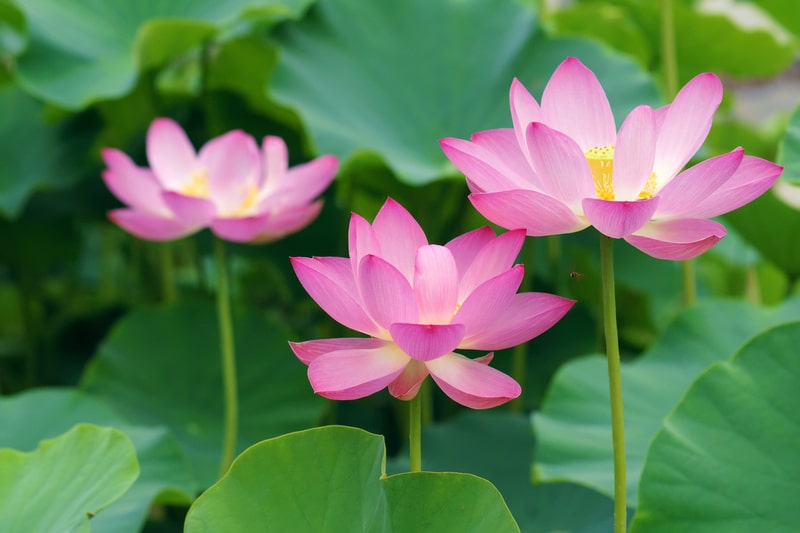
70. Indian Lotus is its national flower.
71. Indira Gandhi was India’s first and the only female Prime Minister till date.
72. White tigers are only found among Indian tigers.
73. The highest road is at Khardungla (Leh-Manali).
74. The largest dam is the Hirakud Dam in Orrisa.
75. NH-44 (NH-7) which turns from Varanasi to Kanyakumari is the longest highway in India.
76. The highest award in the country is Bharat Ratna.
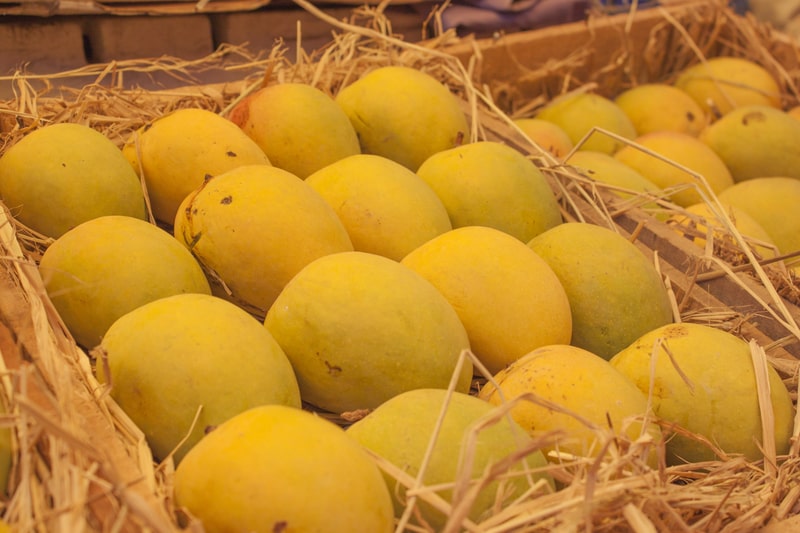
77. Mango is India’s national fruit and Peacock is its national bird.
78. The first mining of diamonds was done in India.
79. India was the first to detect water on the Moon. India’s first Moon Satellite Chandrayaan-1 took the honor.
80. “Amar Sonar Bangla” the national anthem of Bangladesh is written by Rabindranath Tagore of Indian origin.
81. The Taj Mahal, one of the Seven Wonders of the World, is in India.
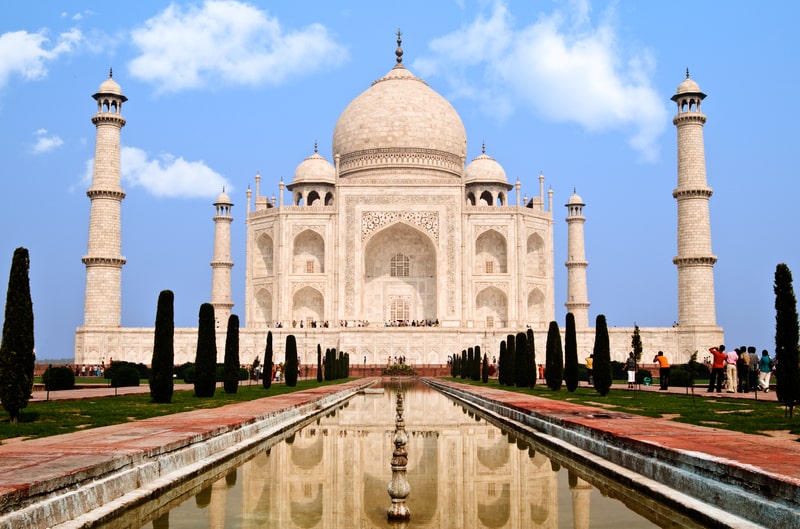
Some fun facts about India
82. As per a report from the Ministry of Environment, Forest and Climate Change, forest and tree cover is about 24.56% of the total geographical area of the country.
83. You would be amazed to know that the concept of shampoo was first invented in India when herbs were used for strengthening hair.
84. India is the largest gold buyer in the world while the United States holds the biggest gold reserves.
85. Adolf Hitler – the dictator – was a big fan of Major Dhyanchand. He even offered him German citizenship when India defeated Germany in 1936 in the Berlin Olympic Finals.
86. Cricket is India’s most popular sport while field hockey is another sport where the countrymen excel. Did you know that the India men’s national field hockey team won six consecutive gold medals in the Olympics between 1928 and 1956?
87. There is only one time zone across all of India.
88. It is illegal to carry Indian currency, Rupee, outside of India.
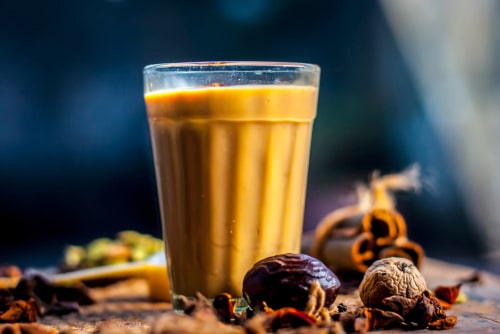
89. While tea is the most popular beverage in India, the country is also its largest producer in the world.
Facts about Geography of India
1. India is situated north of the equator between 8°4′ north to 37°6′ north latitude and 68°7′ east to 97°25′ east longitude. India is divided symmetrically by the Tropic of Cancer. The Indian Peninsula tapers towards the South, dividing the Indian Ocean into two water bodies, the Bay of Bengal and the Arabian Sea.
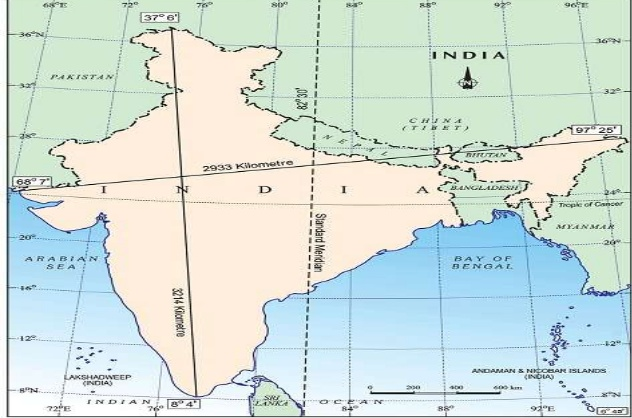
2. India’s total area accounts for about 2.4 per cent of the total geographical area of the world.
3. The time along the Standard Meridian of India (82°30’E) passing through Mirzapur (in Uttar Pradesh) is taken as the standard time for the whole country. The time at the standard meridian is considered as the time for the whole country and is called the Indian Standard Time or IST. Indian standard time is five and a half hours ahead of the Greenwich Mean time( GMT).
4. The Thar Desert is India’s only desert. Also known as the Marusthal, the Thar Desert is the 20th largest in the world, measuring more than 200,000 square kilometers. The desert covers approximately 60% of Rajasthan. The desert also touches the States of Gujarat, Punjab, and Haryana. It is about 4.56% of the total geographic area of India.
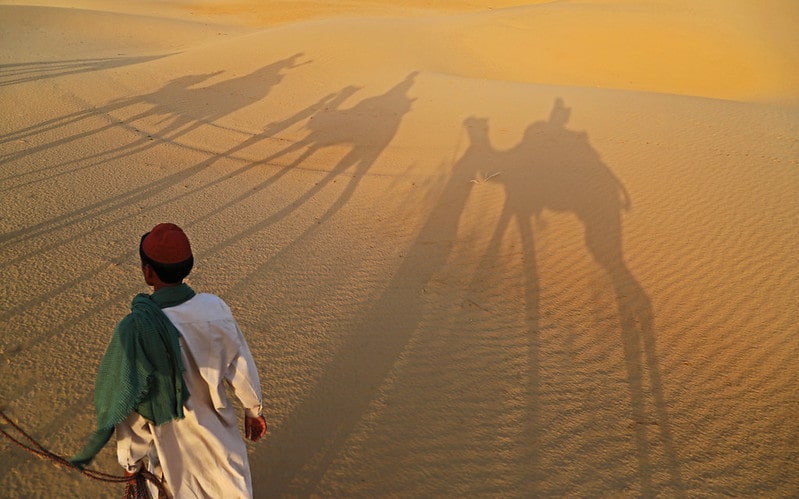
5. India has two groups of islands, the Andaman and Nicobar Islands in the Bay of Bengal and the Lakshadweep islands in the Arabian Sea.
6. Lakshadweep Islands contain 36 coral islands and measure 32 square kilometres. The name Lakshadweep in Malayalam and Sanskrit means ‘a hundred thousand islands’. Lakshadweep is India’s smallest Union Territory.
7. The Andamar and Nicobar Islands have a total of 572 islands (including islets & rocks) and has a geographical area of 8,249 sq km, constituting 0.25% of the total geographical area of the country.
8. India is surrounded on three sides by the Arabian Sea in the West, the Bay of Bengal in the East, and the Indian Ocean in the South. The country also has numerous rivers. The rivers are an important source of livelihood for millions of Indians engaging in agriculture.
9. India is the seventh-biggest country in the world with a landmass measuring 1.269 million square miles. India’s coastline extends 7,517 kilometers.
10. Geographically, India can be divided into four physical divisions namely, The great mountain walls, the great Indo-Gangetic plain, the great Deccan Plateau, and the Coastal Ghats.
11. The Great Mountain Wall of the Himalayas is found in Northern India. The Himalaya mountains wall is about 2500 Kilometres long and between 240 and 320 Kilometres wide. The Great Mountain Wall has been an critical buffer for India against external aggression, making it difficult for aggressors to attack the mainland.
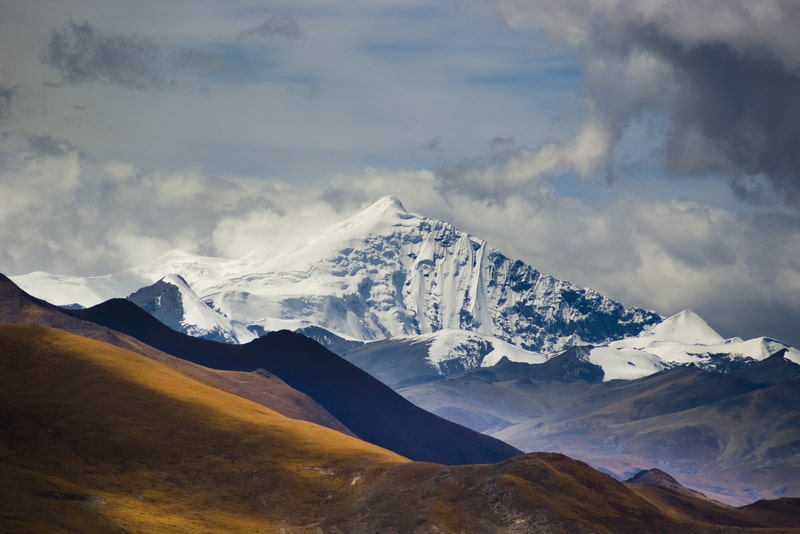
12. Mount Everest is the highest peak in the Himalayas, with the highest peak at 29,032 feet. Mount Everest attracts hundreds of tourists from around the world. Among the tourists to the Great Mountain Wall are hiking enthusiasts who withstand the rough terrain and harsh weather to scale the Everest.
13. The Himalayas is the start point of numerous rivers flowing to mainland India, with the snow from the mountain ensuring uninterrupted flow all year round. Some of these rivers have great religious significance and are considered holy rivers. These include River Indus, The Gangas, Jamuna and the Brahmaputra.
14. India is endowed with mineral resources, with the mining industry accounting for 11% of the country’s GDP and 25% of the total. Some of India’s mineral resources include huge deposits of coal and iron ore. The county is the third-largest producer of iron ore and has the fourth-largest deposits of coal.
15. India’s geographic position and geologic structure can be explained by the process of tectonic plates collision, that is, the shifting of the earth’s crust over the underlying layer of molten material or magma. India’s landmass began to drift northward toward the larger Eurasian Plate millions of years ago.
India before Independence
1. Until independence, India was under the rule of the British for most of the Nineteenth century and was regarded as a jewel in the British Empire crown. The British Monarch, the Queen, was the Empress of India, with the British military having a forceful presence in this Asian nation.
2. Under the British dominion, the Indian citizenry had little say on policy, politics or legislation. To address this anomaly, a section of educated Indians formed an organization to engage the British rulers. The Indian National Congress, as the organization was called, formed the basis of India’s fight for independence.
3. To pacify the agitated native population, the British formed a commission called the Morley-Minto commission to find ways of involving the Indians in governance. As a result of the Morley-Minto recommendations, each province in India had its own governor with natives allowed to take part in governance through advisory councils.
4. Despite these positive steps, the Indian National Congress and a wide cross-section of Indian society was largely dissatisfied. In response, the British Empire passed the Government of India Act in 1919 to further increase Indian participation in how they are governed.
5. Among the raft of changes the Act introduced include the right to vote for some of the wealthiest Indians. At the provincial level, they allocated the Indians ministerial dockets to give a semblance of inclusion and self-governance. The dockets included water, health and public works.
6. The struggle for independence had started, and three men were at the center of this struggle. These trailblazers were Mahatma Gandhi, Jawaharlal Nehru and Muhammed Jinnah. Their actions and mobilization skills spook the British Empire and sped up the handover of the colony to the Indians.
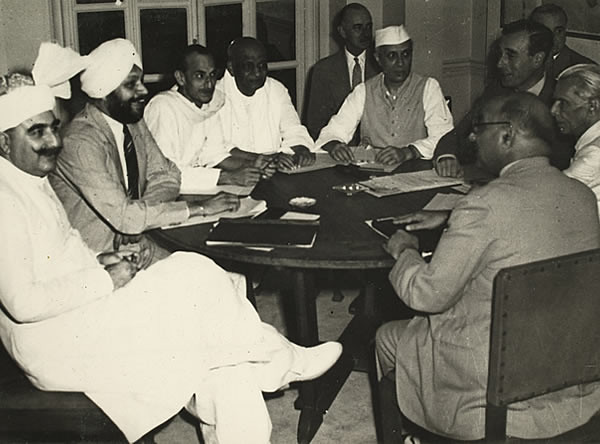
7. India was the crucible of the famous non-violent protests in the world. These protests, organized and spearheaded by Gandhi himself, involved diverse strategies such as sit-down strikes, refusal to provide labor in British worksites and refusal to pay punitive taxes such as the salt tax.
8. The trick in the non-violent movement was to trap the British into a high-handed and violent response to the protests. A heavy-handed response would be a public relations disaster for the British as the brutality is broadcast to the world. Also, more Indians would be appalled and join the struggle.
9. The ideals of the First World War and the rise of the principle of self-determination were pushing the British Empire to the wall. The calls for self-rule were getting louder and the Gandhi-led waves of civil disobedience were gaining momentum. It won’t be long before push comes to shove.
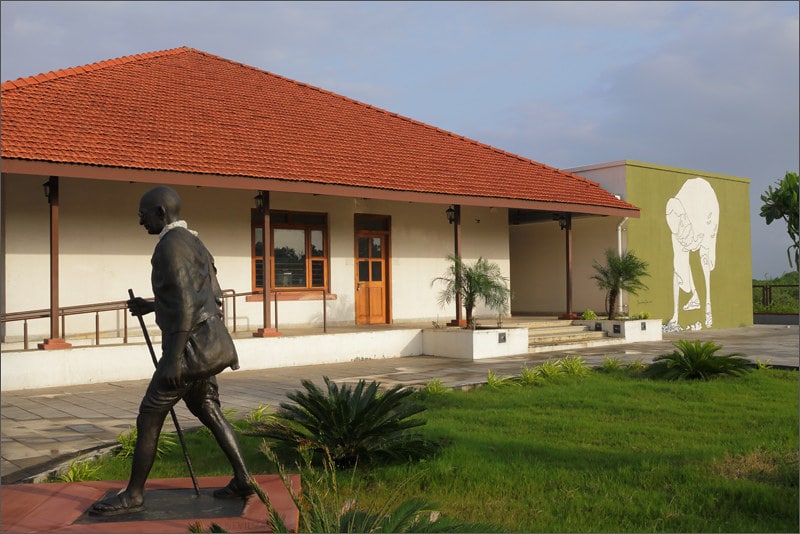
10. As much as India was demanding independence, its own internal divisions provided a serious headache to the British. The divisions between Hindus and Muslims threatened to derail independence or lead to a civil war at worst. But the British had a plan.
11. The plan was to divide India into two nations. The Independence Act was passed that created Pakistan as the Muslim nation and India as the Hindu nation. India-Pakistan partition led to massive displacement and mass migration as people moved to where they would be the majority.
12. Before 1947, there were two types of states in India — the provinces and the Princely states. Provinces were ruled directly by British officials, who were appointed by the Viceroy. Princely states were ruled by local, hereditary rulers, who acknowledged sovereignty in return for local autonomy.
Facts About the Indian Economy
1. Economic Strength
According to a 2021 report by the International Monetary Fund, India has a nominal GDP of $3.049 trillion which makes it the sixth biggest economy in the world. The only countries that surpassed it are the US, China, Japan, Germany, and the UK.
2. Sector Contributions
The service sector is the biggest contributor to India’s GDP with 54.27% driven mostly by business process outsourcing, information technology, retail, public administration, and financial services. Industry comes second at 29.34% thanks to energy, engineering, jewelry, and pharmaceuticals. Agriculture brings up the rear at 16.8% highlighted by a massive cattle population and large arable land for food production.
3. Employment Statistics
India’s unemployment rate has dropped back down after jumping to as high as 23.52% during the start of the pandemic. It is now hovering around 6% to 8% as cases drop and the economy picks up. About 41.49% of the labor force is engaged in agriculture while 26.183% are in industry and 32.327% are in the service sector.
4. Demographics
The UN projects that India’s population is at 1.39 billion in 2021 which is only second to China’s 1.44 billion. Since China has a lower birth rate, India is poised to overtake it by 2027. The bigger workforce and consumer base can help the country grow its economy further.
5. Financial Market
India’s National Stock Exchange is considered as the tenth biggest stock market in the world. The NSE is located in Mumbai where it was established in 1992 as the first electronic exchange in the country. As of June 2021, it has an estimated market cap of $3.07 trillion with 1952 listed companies.
6. Economic Liberalization
India pursued protectionist policies since achieving independence in 1947 until 1991. Due to a balance in payments crisis, it was forced to adopt economic liberalization which has been largely successful with a steady increase in exports and gross domestic product.
7. Top Exports
India’s top exports in terms of overall value include refined petroleum, diamonds, pharmaceutical products, jewelry, and rice. The country is also emerging as a notable exporter of automobiles, machinery, organic chemicals, textiles, electronics, and steel. Much of these products end up in the US, UAE, China, Hong Kong, and Germany.
8. Tourism
Tourism accounted for 9.2% of India’s GDP back in 2018. The country is only ranked 34th in the world but it is rising rapidly. The sector supports over 42 million jobs. The highest sources of inbound arrivals are the US, Bangladesh, the UK, Canada, and Sri Lanka.
9. Demonetization
In 2016, the Indian government announced the demonetization of certain banknotes to increase cashless transactions and reduce illegal activity. It resulted in cash shortages that disrupted the economy, reducing industrial production and slowing GDP growth. It also sped up digital adoption.
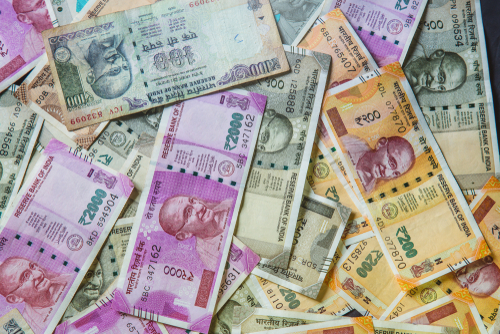
10. Economic Outlook
The IMF predicts that India’s economy will bounce back strong from the pandemic. It is projected to grow by 9.5% in 2021 and 8.5% in 2022. These numbers are much higher than the global outlook for which the organization is expecting growth to be at 5.9% in 2021 and 4.9% in 2022.
Facts about Indian Cuisines/food Culture
1. Not all Indian food is spicy
Northern Indian cuisine uses more milk products than spices. But the Southern Indian dishes have a lot of spices, and most of the spices are hot. When it comes to Indian cuisine, there is something for everyone, whether you enjoy spiced foods or not.
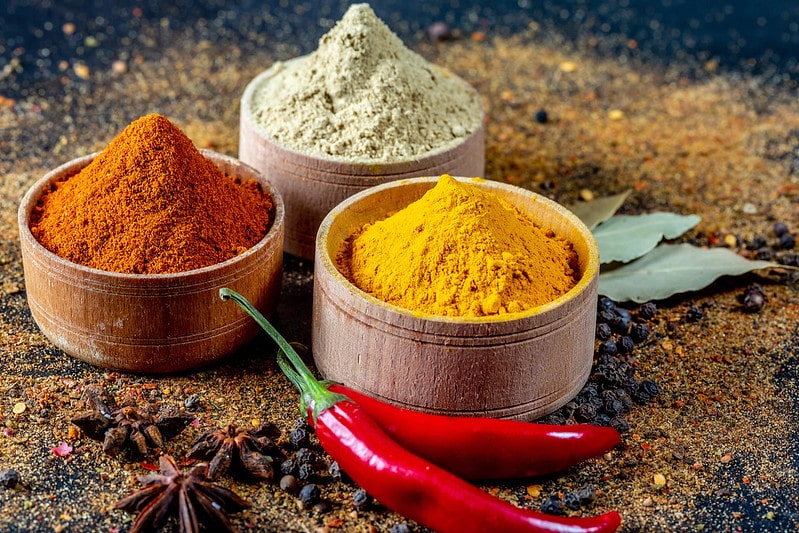
2. Balances the six flavors
According to the Indian culture, food should have six different flavors; salty, bitter, sweet, sour, astringent, and spicy. A cook’s reputation depends on balancing all the flavors while building it from scratch. Using curry powder is a cheap trick discouraged when preparing Indian dishes.
3. Most of the dishes are imports
Initially, Indians were only known for their trade lifestyle, but today, they hold the trophy of the culture with the most sumptuous cuisines. The dishes the Indians make are from different cultures like the Persians, Mediterranean, Asians, and Arabs. Indians have imported and customized them.
4. Indian food is healthy
Most Indians have sweet teeth, and in fact, they have over 250 desserts. Even so, Indian dishes are relatively healthy. Most of the dishes are vegetable-forward and vegan. Indians focus on serving a balanced diet every time with a balance of proteins, carbohydrates, fruits, and vegetables.
5. Not all Indians are vegetarians
The assumption is that all Indians are vegetarians, but that is not the case. Indians generally have a low rate of meat consumption because Muslims abstain from eating pork, and Hindus view cows as sacred. On the other hand, fish, chicken, and lamb get preference in Indian culture.
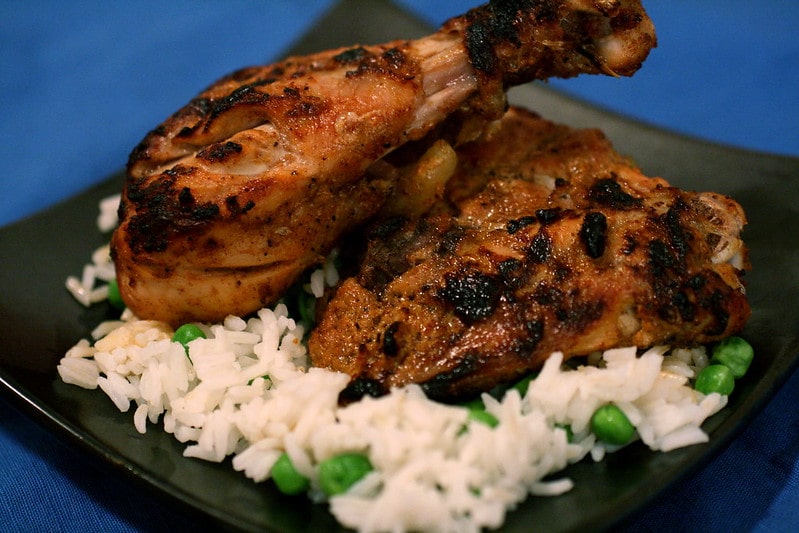
6. Fast food is localize
The first time a tourist steps into Indian fast-food restaurants, they are usually shocked at the degree of localization. For example, since most Indians do not eat beef or pork, the burgers are made using potato, paneer, or chicken. In addition, the food is spicier compared to those in other countries.
7. Forget about cutlery
One trait that makes Indian cuisine stand out is that you will need to use your hands to eat the food instead of cutleries. Even in restaurants, Indian dishes taste different when consumed using bare hands.
8. Rice anytime
Rice is the staple food in India, and people consume it throughout the country. In fact, without rice, Indian food would change drastically. Rice receives wide consumption to the extent that some types of rice meals like ponni get served for breakfast.
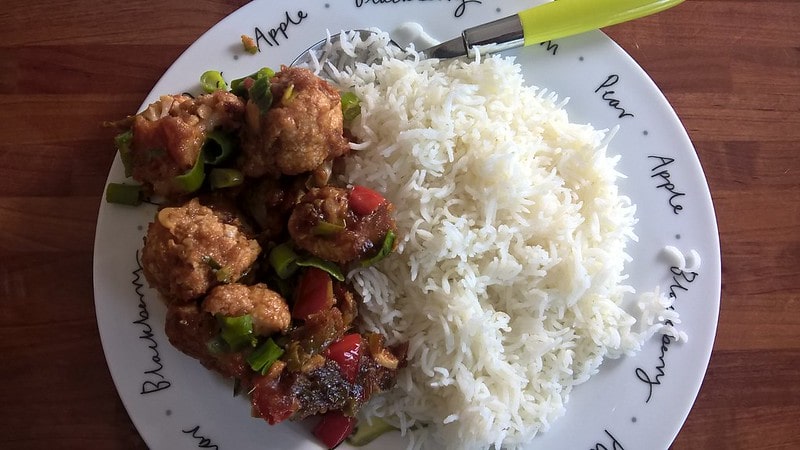
9. Holding on to cuisine traditions
Most parts of the world have evolved, especially in terms of historical staples. But the Indians are still holding on to their traditional meals like legumes, lentils, rice, and wheat flour. Indians are still the few tribes globally that are holding to their traditional food culture.
Though there are many facts about Indian cuisine, one thing is sure; the food culture is fast-growing and for a good reason. The food is healthy, versatile, and delicious. You will find most of the traditional Indian foods in many regions throughout the globe.
India – country at a glance
| Country Name | Republic of India; Bharat Ganrajya |
|---|---|
| Etymology | the English name derives from the Indus River; the Indian name "Bharat" may derive from the "Bharatas" tribe mentioned in the Vedas of the second millennium B.C.; the name is also associated with Emperor Bharata, the legendary conqueror of all of India |
| Independence | 15 August 1947 (from the UK) |
| Constitution | The Constitution of India came into force on 26th January 1950. |
| Capital City | New Delhi (28.6139° N, 77.2090° E) |
| Largest City | Mumbai (19.0760° N, 72.8777° E) |
| Area | total: 3,287,263 sq km land: 2,973,193 sq km water: 314,070 sq km |
| Population | 1,465,113,307 (est. 2025) |
| Most populous state | Uttar Pradesh. States and their capitals Union Territories and their capitals |
| Literacy rate | 74.4% |
| Demonym | Indian |
| President | Droupadi Murmu List of Presidents of India Since 26 January 1950 |
| Vice President | Jagdeep Dhankhar |
| Prime Minister | Narendra Modi Complete list of Prime Ministers of India since 1947 |
| Chief Justice | Bhushan Ramkrishna Gavai |
| National Anthem | "Jana-Gana-Mana" (Thou Art the Ruler of the Minds of All People) |
| National holidays | 26th January (Republic Day), 2nd October (Gandhi Jayanti, Mahatma Gandhi's Birthday), 15th August (Independence Day) |
| Religion | Hinduism, Islam, Christianity, Buddhism, Sikhism |
| Borders | Land borders: Afghanistan, China, Pakistan, Nepal, Bhutan, Bangladesh, and Myanmar. Maritime borers: Sri Lanka, Thailand, Maldives and Indonesia. |
| Land boundary | 13,888 km |
| Continent | Asia |
| Land Frontier | 15,200 km (9,445 mi) |
| Total Coast Line of India | 7516.6 km (4,671 mi), encompassing the mainland, Lakshadweep Islands, and the Andaman & Nicobar Islands. |
| Length from North to South | 3,214 km (1,997 mi) |
| Length from East to West | 2,933 km (1,822 mi) |
| Currency | Indian rupee (₹) (INR) List of Countries, Their Currencies And Symbols |
| Administrative Divisions | 28 States and 8 Union Territories. |
| Government type | federal parliamentary republic |
| National symbol(s) | The Lion Capital of Ashoka, which depicts four Asiatic lions standing back to back mounted on a circular abacus, is the official emblem; Bengal tiger; lotus flower. |
| National colors | saffron, white, green |
| Languages spoken | Hindi 41%, Bengali 8.1%, Telugu 7.2%, Marathi 7%, Tamil 5.9%, Urdu 5%, Gujarati 4.5%, Kannada 3.7%, Malayalam 3.2%, Odia 3.2%, Punjabi 2.8%, Assamese 1.3%, Maithili 1.2%, other 5.9% (CIA) |
| National language | There is no national language in India |
| Official languages | There are 22 official languages designated by the Constitution of India. They are: 1. Assamese, 2. Bengali, 3. Bodo, 4. Dogri,5. Gujarati, 6. Hindi, 7. Kannada, 8. Kashmiri, 9. Konkani, 10. Maithili, 11. Malayalam, 12. Manipuri, 13. Marathi, 14. Nepali, 15. Odia, 16. Punjabi, 17. Sanskrit, 18. Santali, 19. Sindhi, 20. Tamil, 21. Telugu, 22. Urdu |
| Natural hazards | droughts; flash floods, as well as widespread and destructive flooding from monsoonal rains; severe thunderstorms; earthquakes |
| Climate | varies from tropical monsoon in south to temperate in north |
| Terrain | upland plain (Deccan Plateau) in south, flat to rolling plain along the Ganges, deserts in west, Himalayas in north |
| Mean elevation | 160 m |
| Lowest point | Indian Ocean 0 m |
| Highest point | Kanchenjunga 8,586 m |
| Important Mountains | Himalaya, Karakoram Range, Eastern Ghats, Western Ghats, Satpura and Aravalli Hills |
| Important Rivers | Ganges, Krishna, Kaveri, Brahmaputra, Indus, Mahanadi, Godavari, Luni, Yamuna, Narmada, Sutlej, Gandaki, Koshi and Jhelum |
| Agricultural land | 60.5% |
| Natural resources | coal (fourth-largest reserves in the world), iron ore, manganese, mica, bauxite, rare earth elements, titanium ore, chromite, natural gas, diamonds, petroleum, limestone, arable land |
| Life Expectancy at birth (total population) | 68.2 years (2024 est.) |
| Industries | textiles, chemicals, food processing, steel, transportation equipment, cement, mining, petroleum, machinery, software, pharmaceuticals |
| Exports | $822.046 billion (2024 est.) petroleum products, precious stones, vehicles, machinery, iron and steel, chemicals, pharmaceutical products, cereals, apparel |
| Imports | $923.081 billion (2024 est.) crude oil, precious stones, machinery, chemicals, fertilizer, plastics, iron and steel |
| GDP - per capita (PPP) | $9,800 (2024 est.) |
| Birth rate | 16.2 births/1,000 population (2024 est.) |
| Death rate | 9.1 deaths/1,000 population (2024 est.) |
| Sex ratio | 1.06 male(s)/female (2024 est.) |
| Internet country code | .in |
| Calling Code | +91 |
| Drives on the | Left |
| Current time | |
| Time Zone | IST (UTC+05:30) |
| Table last updated | August 07, 2025 |
